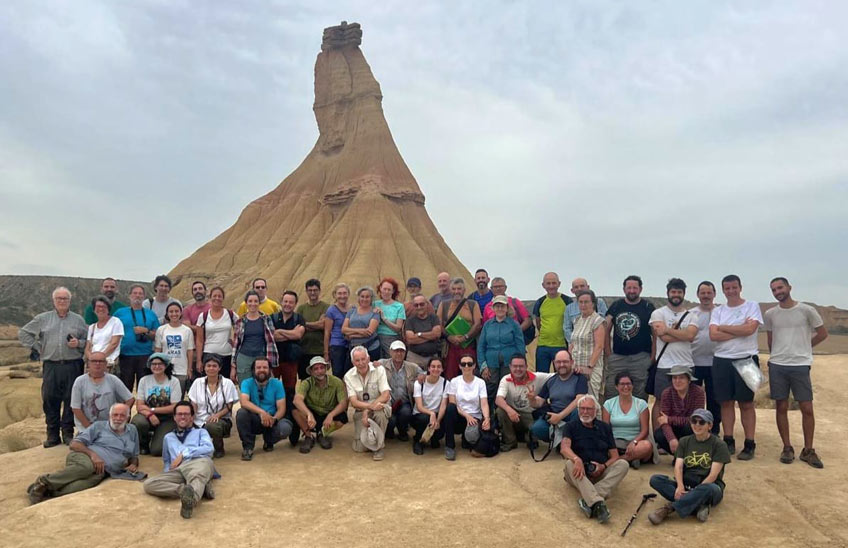The herbaria of the University of Navarra and the Public University of Navarra organize the XXIX joint AHIM Herborization Campaign.
This event, which is organized every year under the umbrella of the Asociación de Herbarios Ibero-Macaronesicos (AHIM), aims to collect material for the participating herbaria.

12 | 06 | 2025
The herbariums PAMP (University of Navarra) and UPNA(Public University of Navarra) have organized the XXIX Joint Herborization Campaign of the Association of Ibero-Macaronesian Herbaria (AHIM), which took place from June 9 to 12, in different locations in Navarra.
"The objective of this meeting is to improve the representation of the plant biodiversity of the participating herbaria, for studies, analysis or research by the researchers of these herbaria or even others," says Ricardo Ibáñez, curator of the PAMP herbarium of the University of Navarra.
A total of 53 botanists representing 23 herbaria from Spain and Portugal, mainly belonging to universities and research centers, participated in the field days.
For four days, from June 9 to 12, based in Pamplona, they traveled through various locations in Navarre, such as Larra, in the upper Roncal Valley, the Pamplona basin and the Bardenas Reales, in the extreme south of Navarre.
During this conference, material was collected from the territory of Navarre to be incorporated into the participating herbaria, as well as material for specific studies by some of the scientists who attended this event.
The list of herborized flora species and their localities will be published in the AHIM newsletter and through the participating herbaria in the Global Biodiversity Information Facility (GBIF) database, the leading global initiative that allows free and open access to more than 3 billion biodiversity data records.
The Association of Ibero-Macaronesian Herbaria (AHIM) brings together more than 60 institutional or individual members who maintain scientific collections of pressed, dried and labeled plant species, which serve primarily as samples for study, but also as evidence of the presence of a species in a specific place and at a specific date.